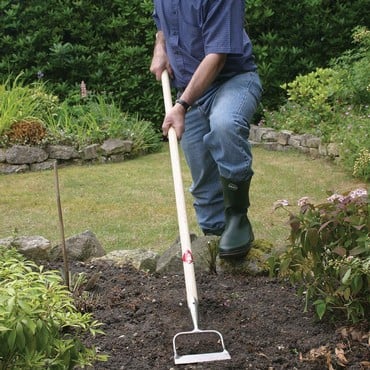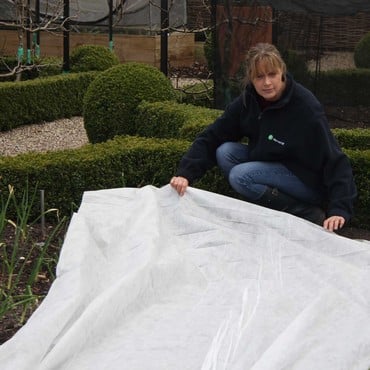Parsnips
Ease of Growing: (Scale 1-5) 1
Parsnips are one of the easiest vegetables to grow, they are often a bit slow to germinate but catch crops (fast maturing vegetables) such as radishes or lettuces can be grown in between the rows whilst you are waiting for the parsnip seedlings to appear.
How time consuming: They need very little maintenance apart from regular watering .
Recommended varieties:
‘Gladiator’ AGM: High yielding parsnip with good flavour and especially suited to heavy soils.
‘Tender and True’ AGM: This parsnip boasts long roots and gives moderate yield. Sizes are mixed and it's not resistant to canker. Also available as an organic variety.
‘Pixie’ F1 – Organic. Has high disease resistance, a vigorous grower and can be lifted small as a baby vegetable if required.
Home grown vs. Supermarket:
For freshness you cannot beat a freshly dug up parsnip.
Best Sites & Soils:
Parsnips prefer a light sandy soil that was improved with well-rotted manure or compost in the previous year, not the current growing year otherwise you will get forked roots. Keep the soil weed free and evenly moist to avoid splitting.
When to sow:
Some of the seed packets state to start sowing in February, this can lead to failure if the soil cools down again after a warm spell. Sowings made in March and April, and even early May, will do much better. Sow three seeds at 15cm (6in) intervals, 13mm (0.5in) deep in rows 30cm (12in) apart. Prepare a drill and water lightly before sowing.
Distance between plants:
When the seedlings are about 2.5cm (1in) high thin out to leave one seedling per 15cm (6in) station.
When to harvest:
The roots are ready to lift when the foliage starts to die down in autumn; use a fork to carefully lift them out. Parsnips taste sweeter after they have been exposed to hard frosts.


























